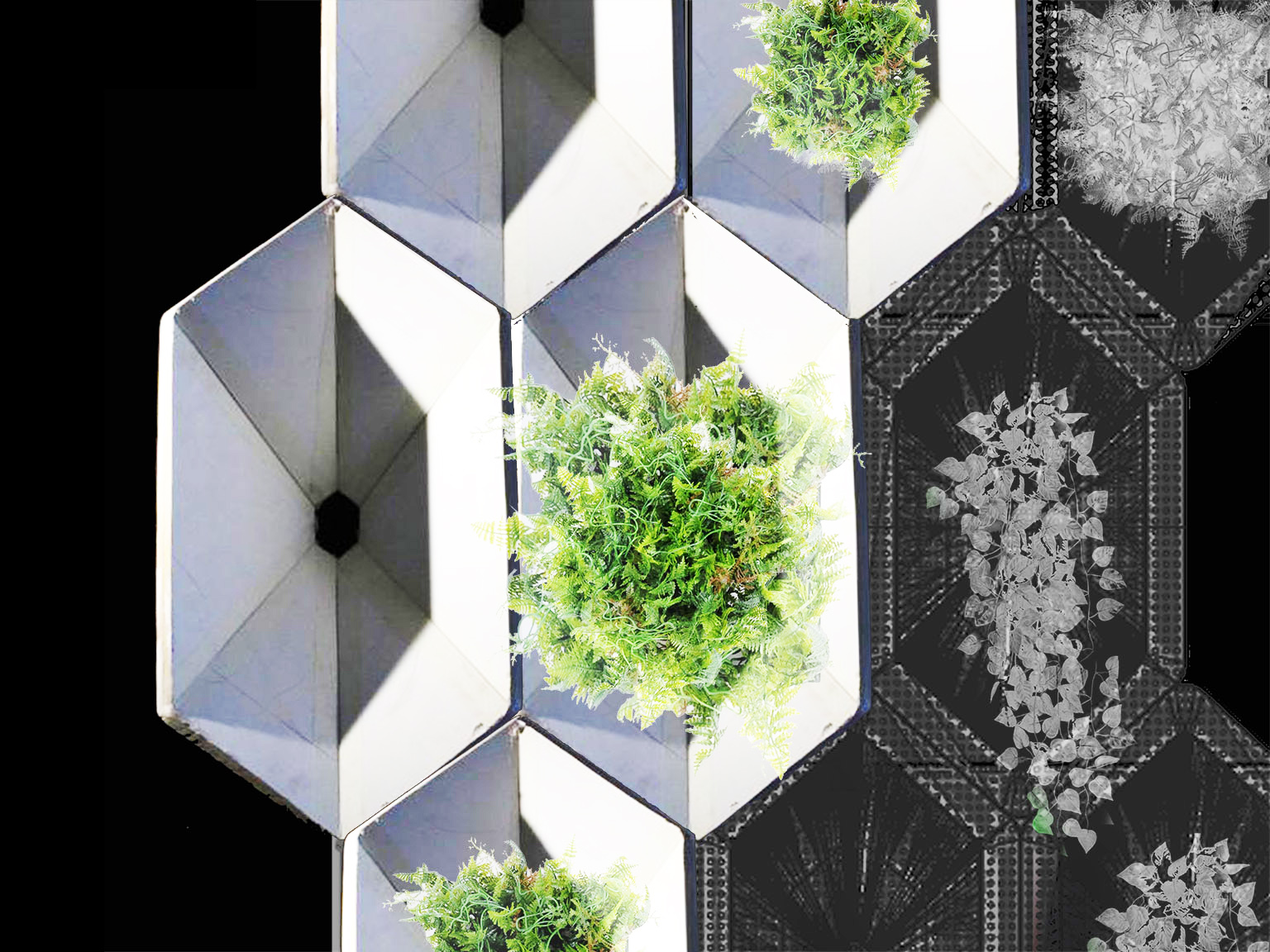Mycotopia
We began our research into mycology by making the journey to Geneva to attend a series of workshops and seminars aimed at exploring bioremediation through mycological techniques. Our concept began to take form wiith influence from the work of Suzanne — we were intrigued by the notion of the ‘wood wide web’, a name given the the vast underground mycelial networks, that connect almost all plants and trees, and play a vital role in sharing nutrients within eco systems.
Connecting neighbouring gardens to one and other through a series of simple organic tubular connections, and modular panel systems. Creating elusive partnerships with all plant species in the system and promoting a socially engaging way for communities to interact, whilst harnessing the benefits of growing plants.
Experiments
By making a controlled tubular environment, we realised that we can provoke the direction of mycelial growth through our planting system. The mycelium, reaches out - in hunt for nutrients, and in doing so can connect multiple planting points to one and other through the network. Once the connection is established the plants can benefit from the system by sharing nutrients with one and other. We experimented with various nutrient rich substrates for the mycelium to inhabit, but found that used coffee grounds, rich in nitrogen and phosphorus encouraged fast and stable growth. With this knowledge, we’ve managed to vacuum form inoculated substrates and create living panels, capable of housing, and taking care of the plants in our system.
Concept proof
We created small scale working models of the tubular planting system,
to test the ability for nutrient sharing and redistribution.
We created small scale working models of the tubular planting system,
to test the ability for nutrient sharing and redistribution.

The growth is stimulated by the careful positioning of a nutrient rich substrate
within the plant support structure, placed at either end of a tube.
within the plant support structure, placed at either end of a tube.

The mycelium reaches out - in the search of nutrients, and in doing so can connect with multiple planting points through the network. Once the connection is established the plants can benefit from the system by sharing nutrients with one and other.



Life sized living mycelial panels, that have the p otential to be attached to architectural structures and encourage care free plant growth.
As well as A small scale 3D model that represents our vision of how our mycelial systems could be implemented into future urban architecture.
exhibition
Our exhibition space showcases our research through a series of visually intriguing experiments and interactive prototypes.
We included a large photo series demonstrating our research that took place out immersed within nature,
A 3D architectural visualisation, a living planter system, and a collection of living and non living mycelium panel prototypes.
Our exhibition space showcases our research through a series of visually intriguing experiments and interactive prototypes.
We included a large photo series demonstrating our research that took place out immersed within nature,
A 3D architectural visualisation, a living planter system, and a collection of living and non living mycelium panel prototypes.
A future city connected with mycelium
So what are the future potentials with our living infrastructure. Nowadays we try so hard grow plant in urban environment,
and keep them in isolated green spaces. But nature don’t work like that, they grow together as a whole through complex organic network.
Our proposal tried to connect those separated green space in the city with mycelium network,
to turn our infrastructure into a living organism that can grow, evolve and maintain itself.

2017 © Mycotopia Group l Naomi Ashwort , Carolyn Tam, Bianca Russo, Tom Welsh, Larasati
Archive ︎